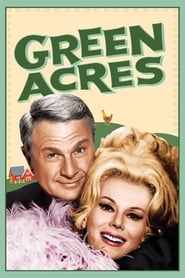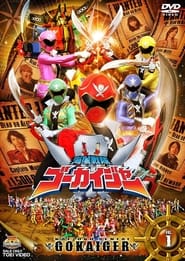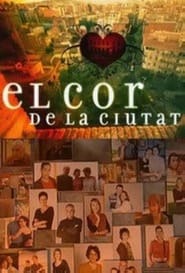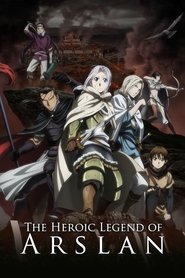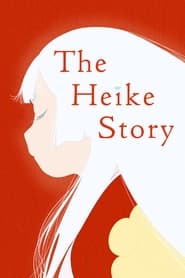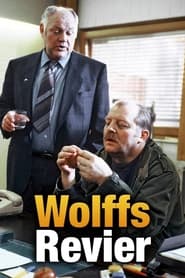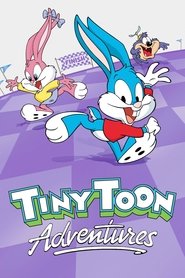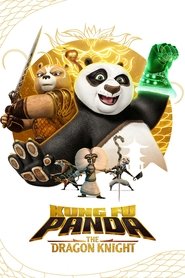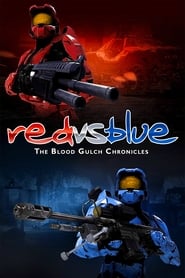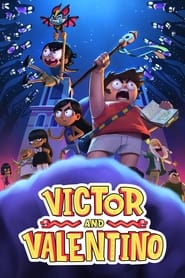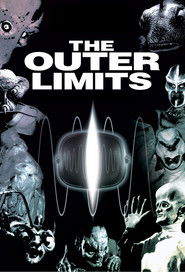Popular Action Adventure TV Shows - Page 158
-
Undercover High School
2025
star 7.9Byungmoon, Korea’s top private high school, is rife with corruption, where status and success matter most. Hae-sung, a top NIS agent, goes undercover at Byungmoon to find Emperor Gojong’s hidden gold and uncover the truth behind his father’s disappearance. Cold and calculated, he sees the school as an obstacle—until he connects with students and a former crush and becomes a reluctant hero. Torn between duty and newfound bonds, can he still complete his mission? -
Green Acres
1965
Green Acres
1965
star 7.3Green Acres is an American sitcom starring Eddie Albert and Eva Gabor as a couple who move from New York City to a rural country farm. Produced by Filmways as a sister show to Petticoat Junction, the series was first broadcast on CBS, from September 15, 1965 to April 27, 1971. Receiving solid ratings during its six-year run, Green Acres was cancelled in 1971 as part of the "rural purge" by CBS. The sitcom has been in syndication and is available in DVD and VHS releases. In 1997, the two-part episode "A Star Named Arnold is Born" was ranked #59 on TV Guide's 100 Greatest Episodes of All Time. -
Kulturzeit
1995
-
Kaizoku Sentai Gokaiger
2011
star 7.3A group of young pirates from space come to Earth to obtain the "Greatest Treasure in the Universe", which can only be acquired after obtaining the Ultimate Powers of the 34 Super Sentai. However, they end up running afoul of the Space Empire Zangyack, whose earlier invasion forces were wiped out by the 34 Super Sentai long ago. As a result, the space pirates use "pirate copies" of the powers of the older teams and fight the Zangyack forces as the Gokaigers. -
Strong Woman Do Bong-Soon
2017
star 8.1Born with supernatural strength, Bong-soon fights evil and procures justice while getting tangled in a love triangle with her CEO boss and cop crush. -
El cor de la ciutat
2000
El cor de la ciutat
2000
star 4.6El cor de la ciutat is a TVC television soap opera first broadcast on TV3 on 11 September 2000 and last broadcast on 23 December 2009. The show is the most watched fiction program in Catalonia, Spain, especially among female audiences, drawing around 28-33% of the audience with as much as 40% during season finales. El cor de la ciutat follows the lives of the people who live and work in the neighbourhood of Sants and Sant Andreu in Barcelona, Catalonia, Spain. -
The Heroic Legend of Arslan
2015
star 7Arslan is the heir apparent of Pars, a strong nation that sits at the hear of the trade route connecting the East and the West. When the pagan nation of Lusitania begins an invasion of Pars, the timid Arslan is confronted with battle for the first time. His worst anxieties are realized the Parsian army falls for a Lusitanian stratagem and are routed. He barely escapes with his life, thanks to the loyal and indomitable warrior Daryun. Together they will stand against the invasion and the cruelties of fate that are about to blow down on Pars. -
Nagi's Long Vacation
2019
Nagi's Long Vacation
2019
star 6.4Nagi Oshima quits her job, cuts off everybody she knows (including her boyfriend), quits social media and cancels her cellphone. To restart her life, she moves to an old apartment in the suburbs of Tokyo. She wants to have a pleasant and free life, not caring about other people. -
Coast Guard
1997
Coast Guard
1997
star 5.4Küstenwache is a German television series that tells the fictionalized adventures of a unit of Federal Coast Guard officers off the German coast of the Baltic Sea. -
Major
2004
Major
2004
star 8.4Honda Goro the son of a famous baseball player loves nothing more than baseball itself. His biggest dream is to show his father that he can become the best pitcher in the world despite all the hardships he had to endure he keeps on running towards his goal at full speed. -
World Trigger
2014
World Trigger
2014
star 7.3A gate to another world opens in Mikado City, and monsters called Neighbors emerge. It's up to Border Defense agent Osamu Mikumo to fight them. -
The Heike Story
2022
The Heike Story
2022
star 7.3A young orphan named Biwa is taken in by the powerful Taira Clan—also known as the Heike—after their leader witnesses her extraordinary psychic abilities. Unfortunately, what she predicts is a future of bloodshed, violence, and civil war. Inspired by the 12th-century epic tale Heike Monogatari. -
Wolffs Revier
1992
-
Tiny Toon Adventures
1990
Tiny Toon Adventures
1990
star 7.8Follow the adventures of a group of young cartoon characters who attend the Acme Looniversity to become the next generation of characters from the Looney Tunes series. -
Kung Fu Panda: The Dragon Knight
2022
star 7.5Follow the adventures of Po, who partners up with a no-nonsense English knight named Wandering Blade to find a collection of four powerful weapons before a mysterious pair of weasels do, and save the world from destruction. -
Objectif Top Chef
2014
Objectif Top Chef
2014
-
Red vs. Blue
2003
Red vs. Blue
2003
star 7.6In the distant future, two groups of soldiers battle for control of the least desirable piece of real estate in the known universe: a box canyon in the middle of nowhere. -
Devilman Crybaby
2018
Devilman Crybaby
2018
star 7.8Akira Fudo learns from his best friend Ryo Asuka that demons will revive and reclaim the world from humans. With humans hopeless against this threat, Ryo suggests combining with a demon. With this, Akira becomes Devilman, a being with the power of demon but with a human heart. -
Victor and Valentino
2019
Victor and Valentino
2019
star 6.3Two half-brothers spend a summer with their grandma in Monte Macabre, a small and mysterious town, where the myths and legends of Latin American folklore come to life. -
The Outer Limits
1963
The Outer Limits
1963
star 7.8The Outer Limits is an anthology tv series of self-contained sci-fi-horror stories, sometimes with a plot twist at the end.
 Netflix
Netflix
 Amazon Prime Video
Amazon Prime Video
 Apple iTunes
Apple iTunes
 Apple TV Plus
Apple TV Plus
 Disney Plus
Disney Plus
 Google Play Movies
Google Play Movies
 Paramount Plus
Paramount Plus
 Hulu
Hulu
 HBO Max
HBO Max
 YouTube
YouTube
 fuboTV
fuboTV
 Peacock
Peacock
 Peacock Premium
Peacock Premium
 Amazon Video
Amazon Video
 The Roku Channel
The Roku Channel
 AMC+
AMC+
 Kocowa
Kocowa
 Hoopla
Hoopla
 The CW
The CW
 Vudu
Vudu
 Starz
Starz
 Showtime
Showtime
 PBS
PBS
 Pantaflix
Pantaflix
 FXNow
FXNow
 Tubi TV
Tubi TV
 Kanopy
Kanopy
 Comedy Central
Comedy Central
 Crunchyroll
Crunchyroll
 Microsoft Store
Microsoft Store
 Redbox
Redbox
 Sun Nxt
Sun Nxt
 ABC
ABC
 DIRECTV
DIRECTV
 Crackle
Crackle
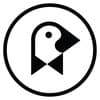 Fandor
Fandor
 Plex
Plex

